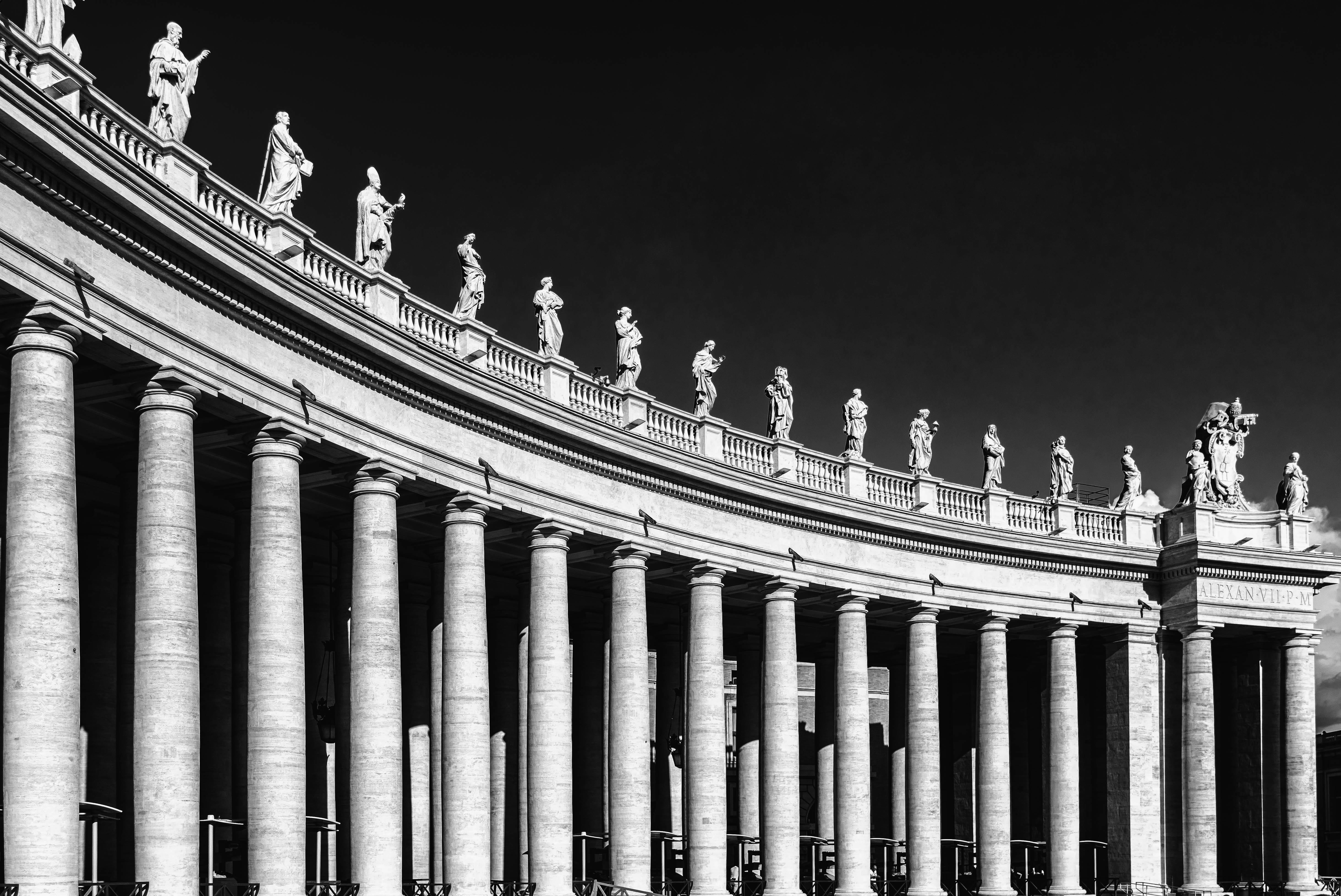
art by the sea
admin
- 0
England’s traditional spas have been in historical decline for several decades. The arrival of cheap package tours to the warmer parts of Europe, especially Spain, and the rise in prosperity of the working classes during the last decades of the 20th century, meant that there were more exciting vacation options for the common person than a week or two in Margate. England’s south-east coast in particular is dotted with towns that have seen much better days. Its charming Regency terraces, with perfect sea views, once serving as grand hotels and trendy apartments, are often boarded up, home to pigeons and seagulls. The holiday trade has gone elsewhere.
In the 1960s these resort towns were lively and prosperous, now they are empty and gloomy. Local business groups and councils have been scratching their heads to discover the key to reviving the fortunes of their hometowns.
Some places, like Brighton, have been able to survive the decline in domestic tourists as they have other sources of livelihood and income besides traditional tourists. Brighton has two universities, its own light industries, numerous language schools and a very active cultural and leisure life. Those attractions have prompted many Londoners to move there, some commuting to the capital daily or weekly, and some working from home. Other tourist cities have not fared so well, and one of the strategies adopted by their planners and companies is to try to reinvent themselves as centers for the visual arts.
It’s a good match. The quality of light at the seaside has always attracted artists, and the slightly loose seaside vibe has a distinctly bohemian side.
Margate now has its Turner Gallery, a beautiful building in a stunning seaside location that hosts an ongoing program of interesting free exhibitions, as well as a beautiful permanent exhibition of Turner paintings. Turner himself had a strong connection to the south east coast of England, which comes through heavily in his work, so the location of this gallery is excellent.
Folkston now has its ‘Triennale’, a multi-venue visual arts festival that has produced a number of public works of art that permanently improve life in the town, as well as attracting visitors. It also has its ‘creative quarter’, where small arts and crafts shops rub shoulders with lively cafes showcasing the work of local artists.
Whit Stable has his ‘Bienniale’. Foreign spellings should be noted: Whit Stable seems to consider itself a cut above run-of-the-mill seaside towns, and has probably done better than the others at attracting artists and a more prosperous class of visitors.
Broadstairs and Hastings are doing it too: all the little towns along the coast are now interested in promoting the arts, and they’re all close to London, usually an hour’s train ride away. It is therefore very easy for Londoners to enjoy a day on the seaside and combine traditional fish and chips and rowing with an art exhibition, as well as drink in the faded stucco atmosphere and glamor of the English seaside.

